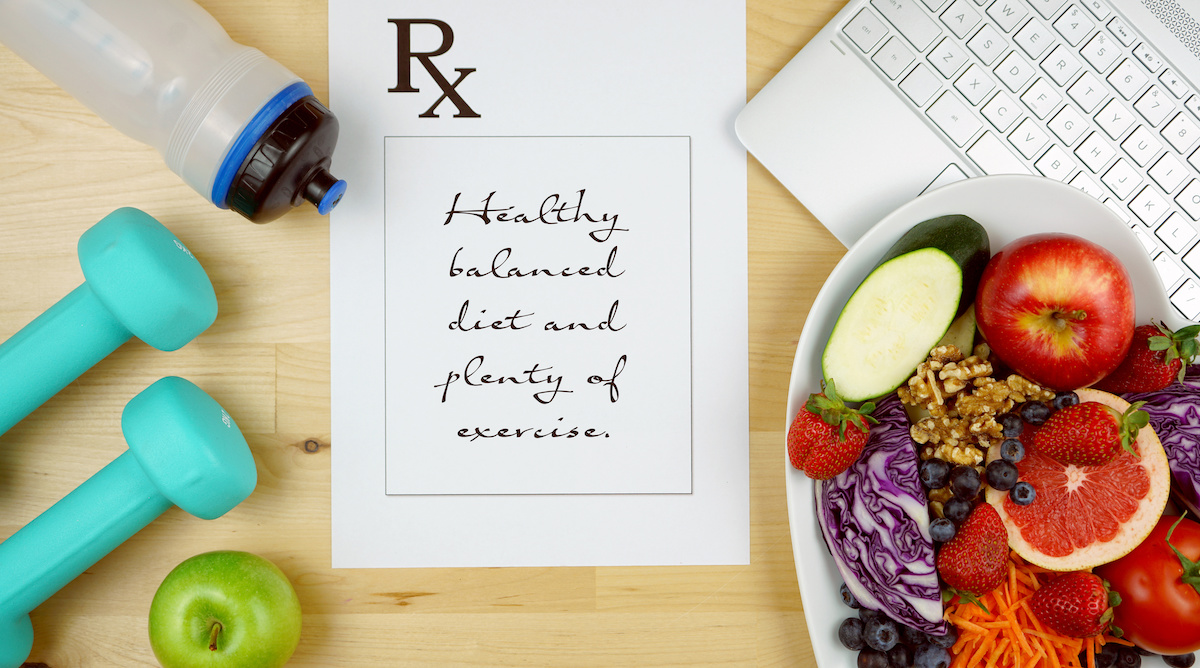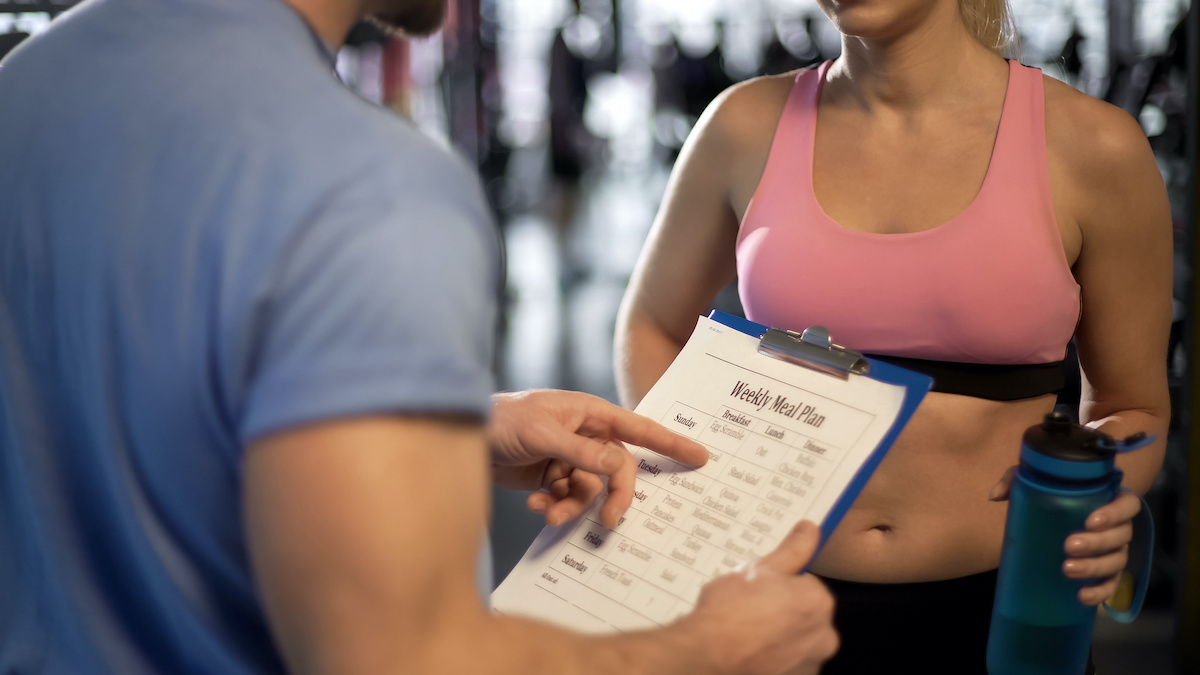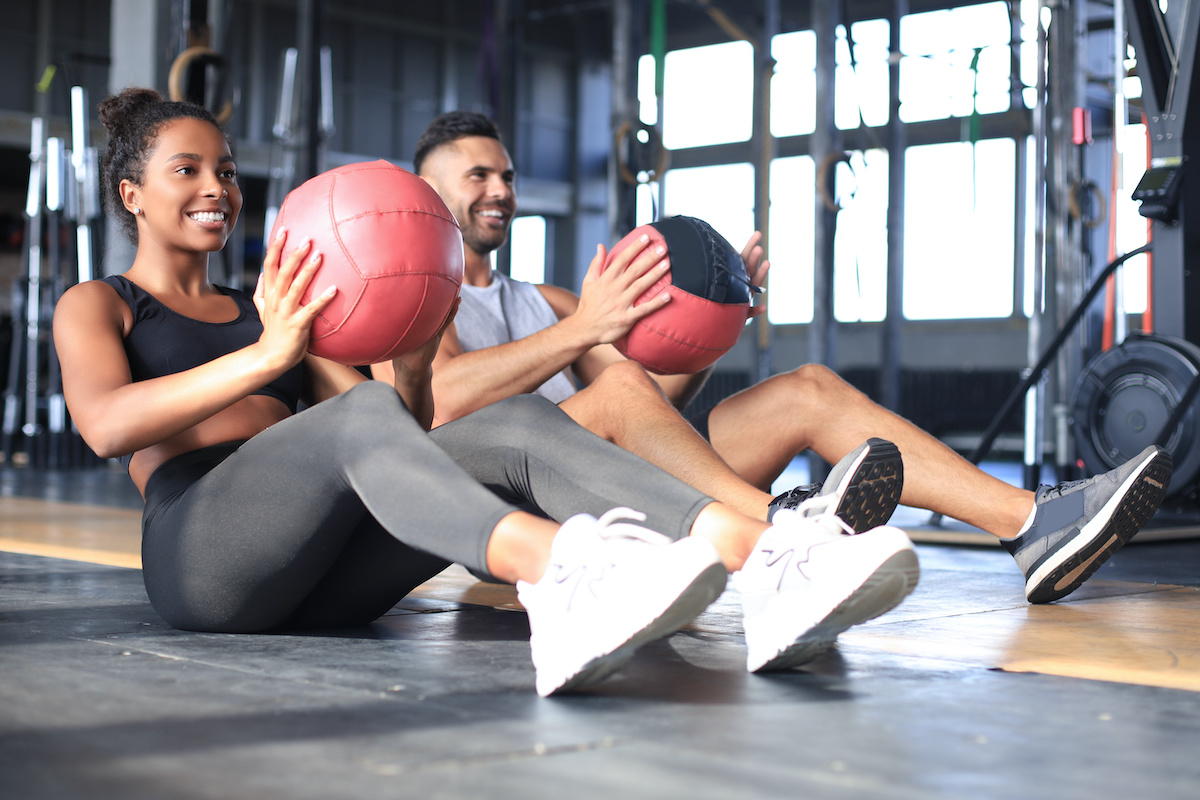If you’re uncertain how to make exercise part of a personal prescription for a optimal wellbeing, you’ve come to the right place. The experts at Generation Fit in Dunedin, FL put together this primer on why exercise is medicine for a healthy life.

Why is exercise like a medicine?
Evidence for the benefits of exercise is drawn from a variety of types of studies. This includes short-term studies and studies that follow people over long periods, (known as a longitudinal study) which can take place over years or even decades. The health and medical benefits of exercise have been studied in groups of healthy adults and those who have different medical conditions problems as well as with athletes. From this evidence, two things are clear:
- If you have a low level of physical activity, you are at higher risk for disease, including certain types of cancer, heart disease, Alzheimer’s disease, and early death by any cause.
- Throughout life, being physically inactive can worsen arthritis symptoms, increase lower-back pain, trigger depression and anxiety, and contribute to stress-related illness.
- Many research studies have shown that exercise can be equally as effective as medication in treating or managing various types of health conditions including mild depression or anxiety, managing cholesterol, and managing other early-stage chronic health conditions.
Many positive changes occur throughout the body during and immediately after exercise. These changes often have a cumulative effect—the more consistently you exercise, the more efficient, healthy, stronger, and resilient the body becomes.
Here are just a few of the many changes that take place, not just in your body but also in the brain:
- Increased blood flow to the brain
- Improvement in learning and memory
- Decreased feelings of depression and anxiety
- Improved function of the heart and lungs
- Enhanced function of the immune system
- Increased range of motion in joints
- Greater flexibility and resiliency in muscle tissue
- Prevention of fractures due to falls (as well as decreased risk of falling)
- More efficient digestion
- Increased strength
- Changes in gene expression
- Increases sense of belonging and connection to others
- Positively influences self-image, self-esteem, and confidence
- Enhanced metabolism making it easier to maintain a healthy weight.
 Learn more about how exercise may benefit you, personally. Speak Dunedin’s premier health coach at Generation Fit.
Learn more about how exercise may benefit you, personally. Speak Dunedin’s premier health coach at Generation Fit.
How much exercise do I need for good health?
For most people, the basic recommendation for getting benefits from exercise is to have 150 minutes of moderate aerobic activity or 75 minutes of vigorous aerobic activity a week, or a combination of the two. Cardiovascular, or aerobic exercise is anything that gets your breathing rate up and causes you to break a sweat, such as brisk walking, jogging, yardwork, swimming, dance.
It’s also suggested that you have a minimum of two strength training sessions each week. Strength training can include lifting weights, yoga, exercise with bands, and resistance based aquatic classes.
Some types of exercise programs combine the two forms of exercise. Which is best for you all depends on your current health and fitness level, your goals, and other lifestyle factors.
The experienced personal trainers at Generation Fit in Dunedin, FL are available to help you figure out what type of exercise program could best work for you.

I hate long workouts. Do I have to exercise for long periods to get health benefits?
Typically, people exercise for 30—50 minutes per session. But it doesn’t have to be that long!
Even a 10-minute bout of high intensity interval training (HIIT) done consistently can bring about health benefits. The intervals consist of 20-seconds of all-out, hard-as-you-can-give (so very individualized) bouts of movement followed by brief rest or active recovery. Even people with health conditions can partake in bouts of supervised intense exercise—at the level of intensity appropriate for them. This format, as well as other types of short exercise bouts done consistently over time, can help you reap similar benefits as those that come with longer bouts of exercise.
What does an effective and short exercise routine look like?
An effective, short exercise routine that uses interval training is going to look a bit different for each person. A simple approach is to determine your level:
Beginner – has very little exercise experience or have not exercised in long while
Intermediate – has been exercising for a year or longer, consistently
Advanced – has specific training goals and routines in place and want to go to the next level with your training
For each of these groups, the same exercises can be used in the routine. The length of the work and rest intervals, though, will be very different. For beginners who do not have any pre-existing limitation in movement or other health conditions, the number of movements will be fewer and the length of the work period will be shorter, the recovery period will be longer. Beginners also typically start with bodyweight exercises. Example:
Seven Exercise HIIT Workout: Seven exercises targeting the whole body (squats, pushups, split squats, dips, mountain climbers, plank, side plank.) Each exercise is performed in rapid succession, allowing 30 seconds for each with 1 minute of rest when the 7 exercises are completed. Your intensity level should hover at around an 8 on a discomfort scale of 1 to 10. You would complete as many rounds as possible in 10 minutes. Then, take a walk to cool down.
There are endless combinations of exercises, time intervals, rest intervals, and variations that can be made to adapt an exercise routine to different levels, different goals, and to different health conditions.
If you want an exercise program that is personalized to your needs, reach out to Moh at Generation Fit. We are experts in exercise program design–designed for your individual needs, goals, and preferences.
Resources
Swisher, Anne K. “Yes, “Exercise is Medicine”….but It Is So Much More.” Cardiopulmonary physical therapy journal vol. 21,4 (2010)
“Really Really Short Workouts.” The New York Times
Oaklander, M. “The New Science of Exercise.” Time. September 12, 2016.
ExerciseIsMedicine.org. The Power of Physical Activity.

